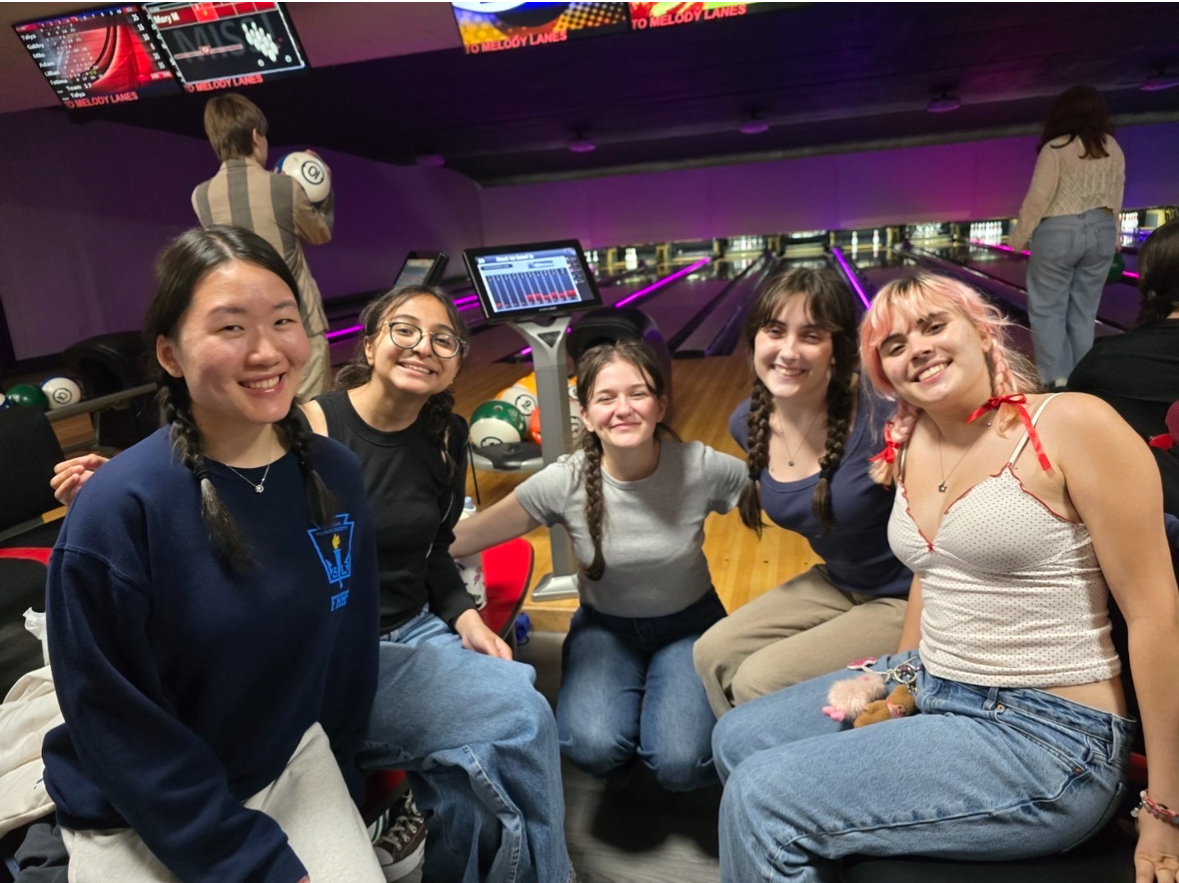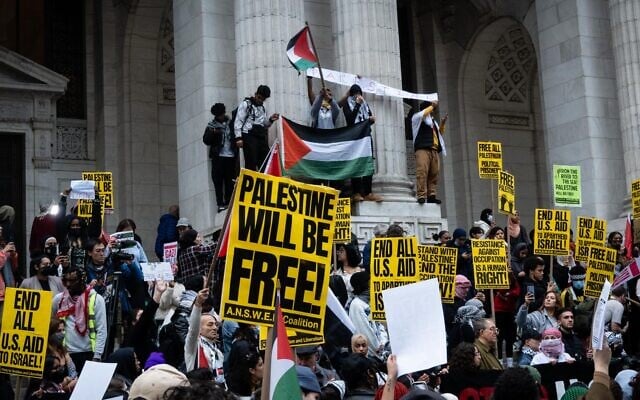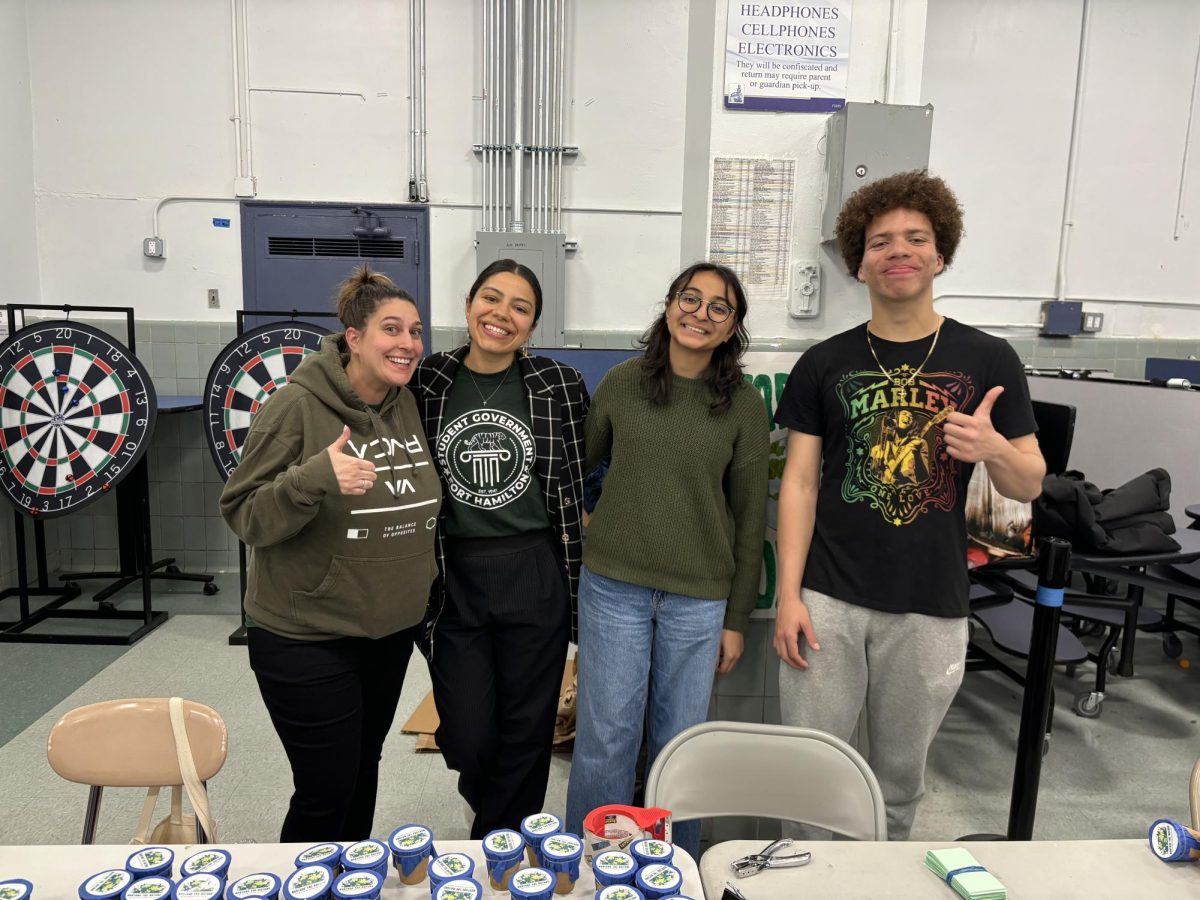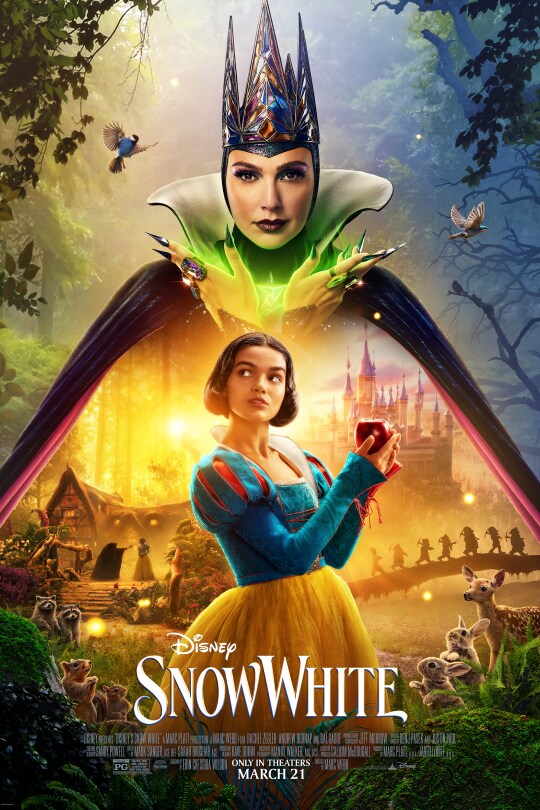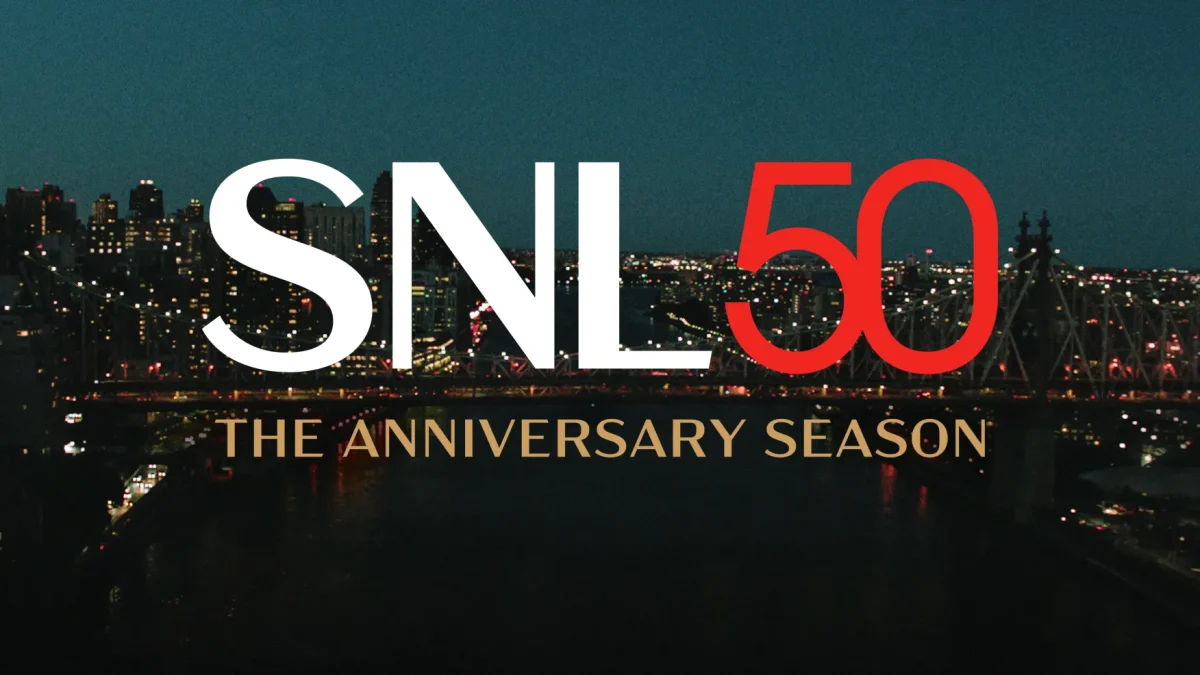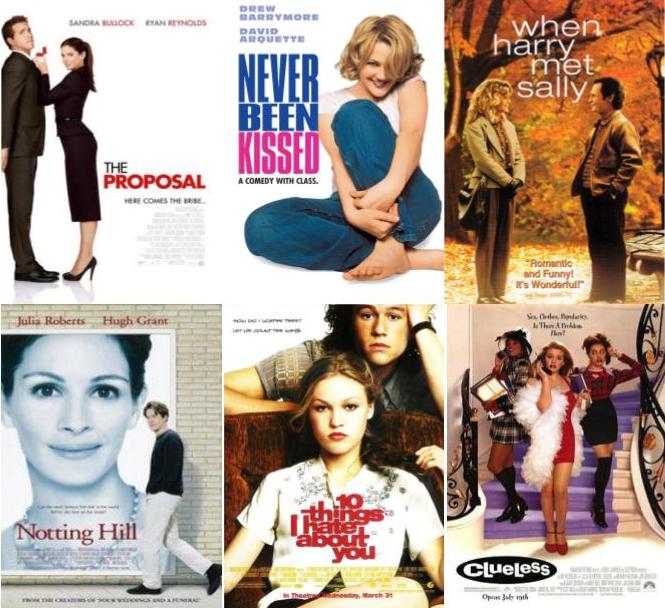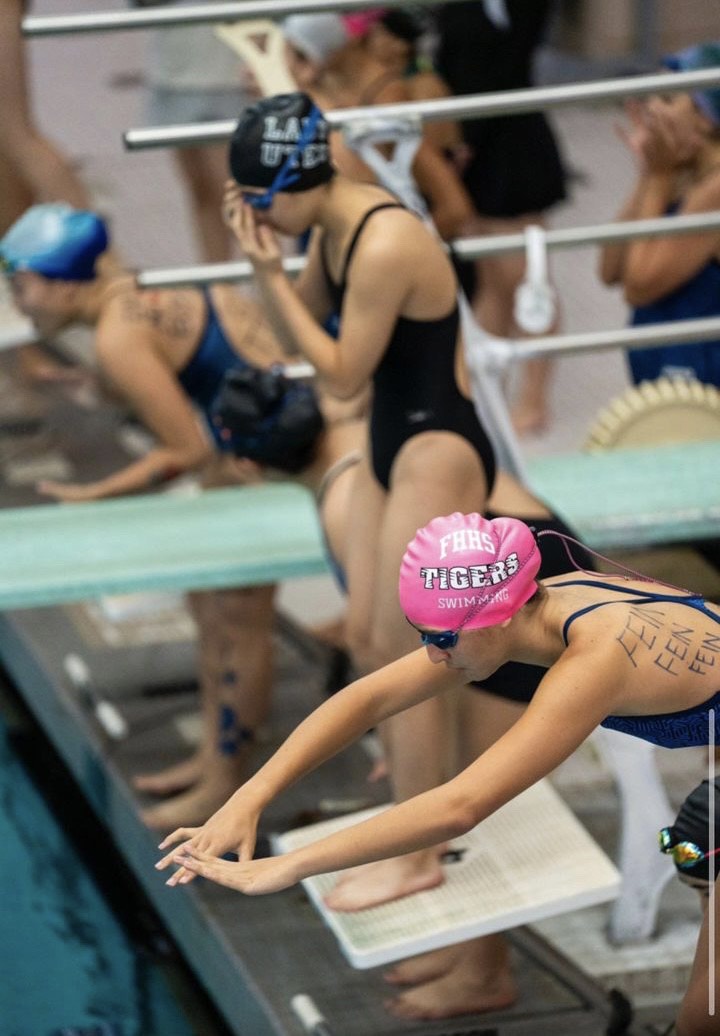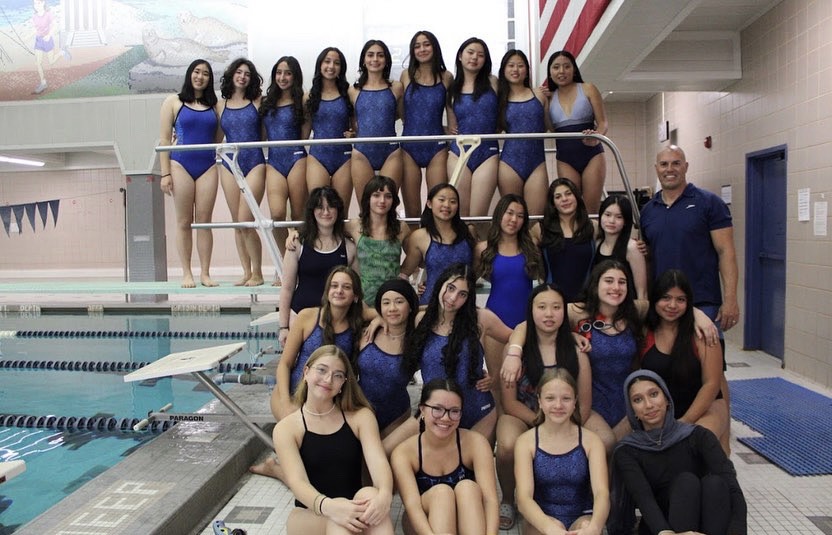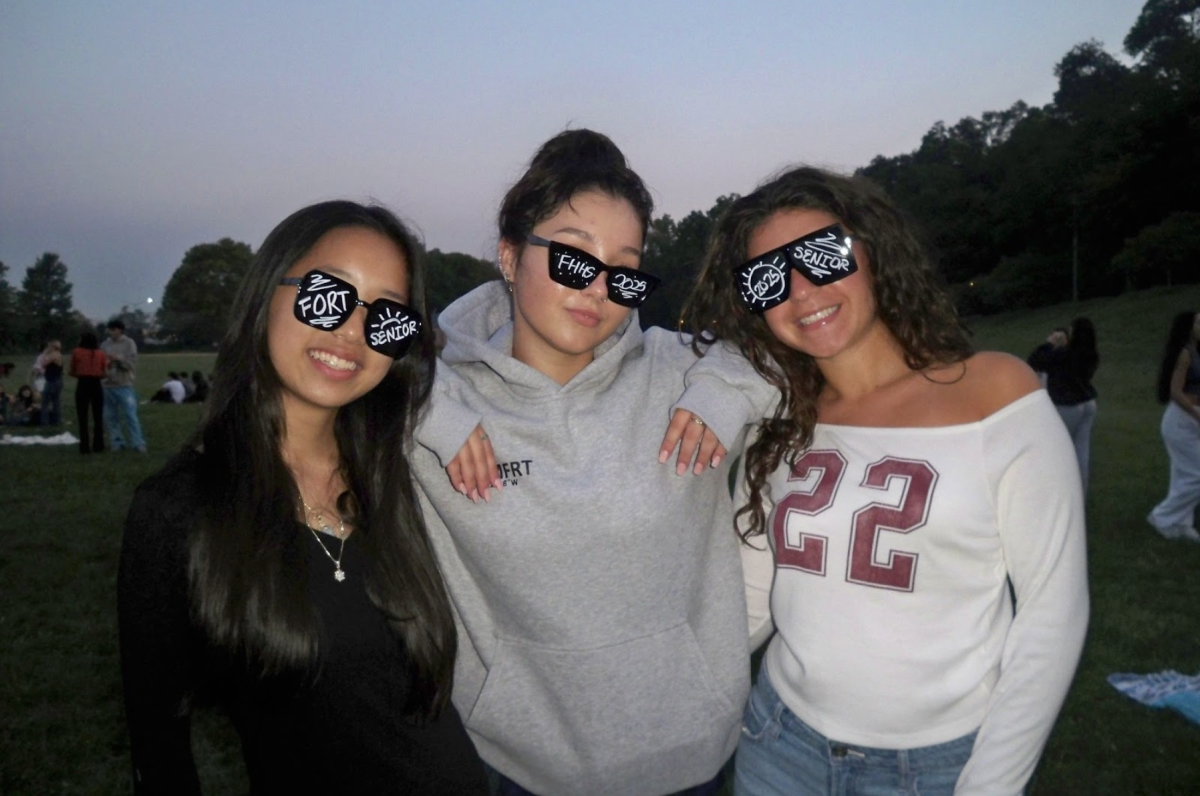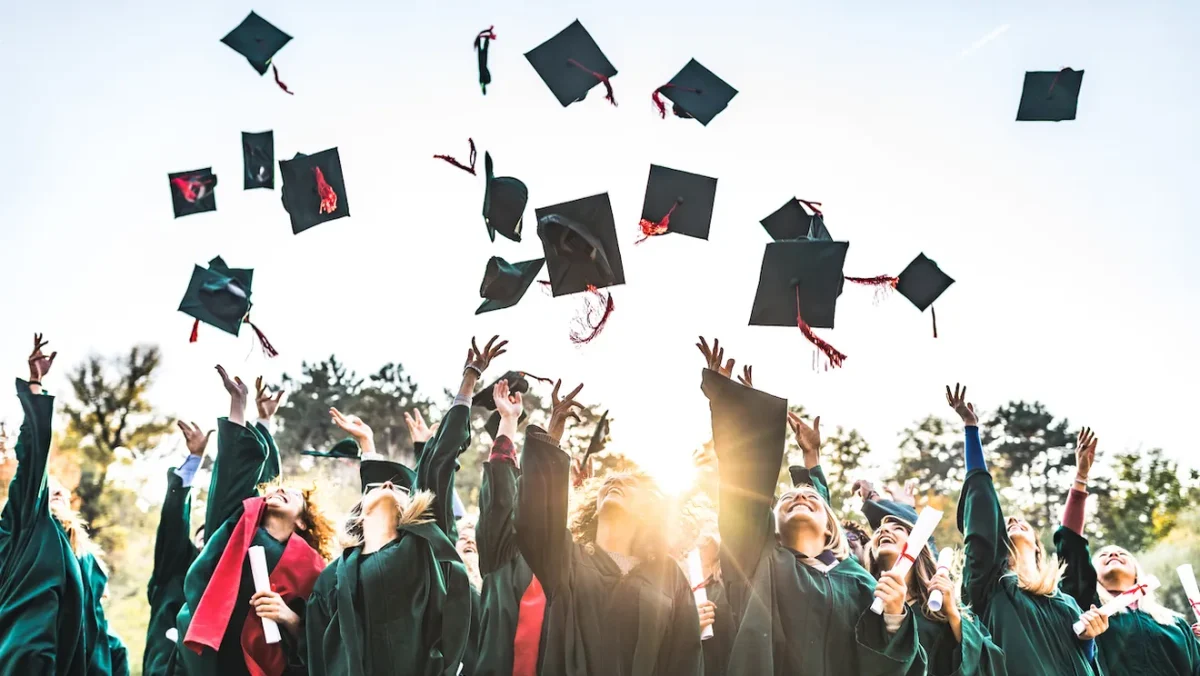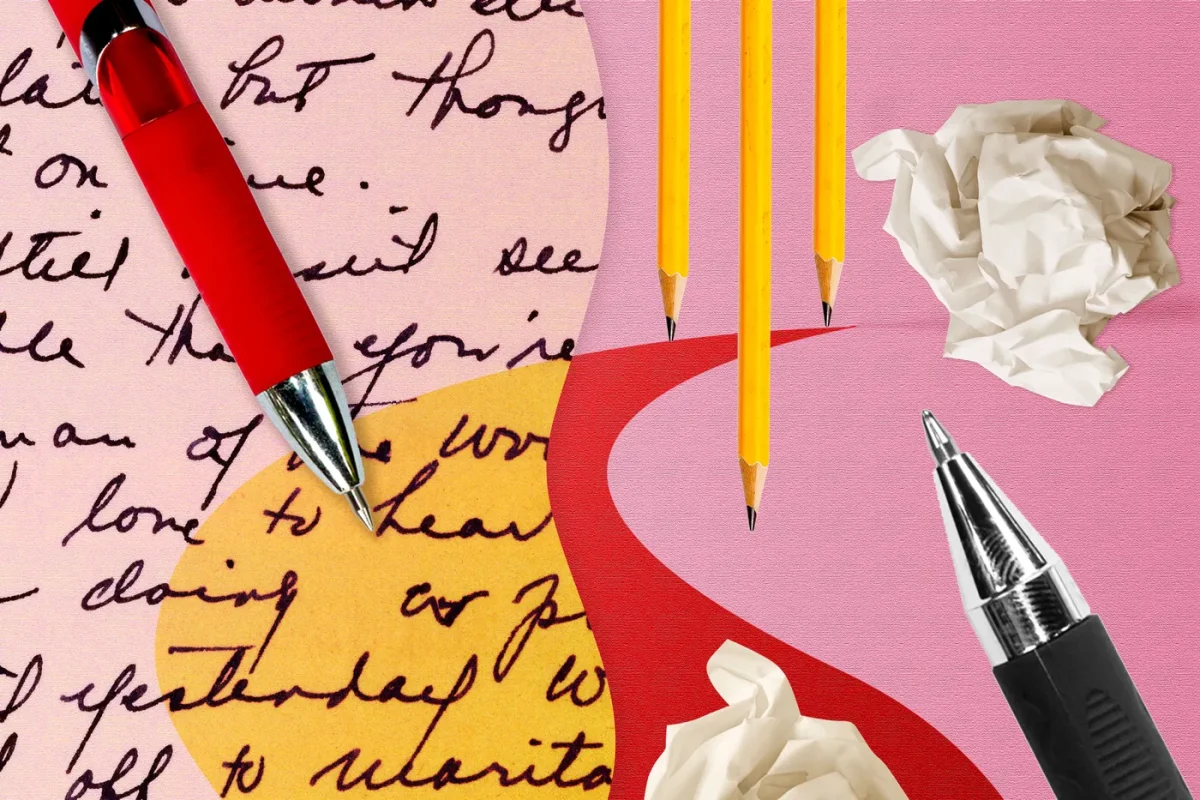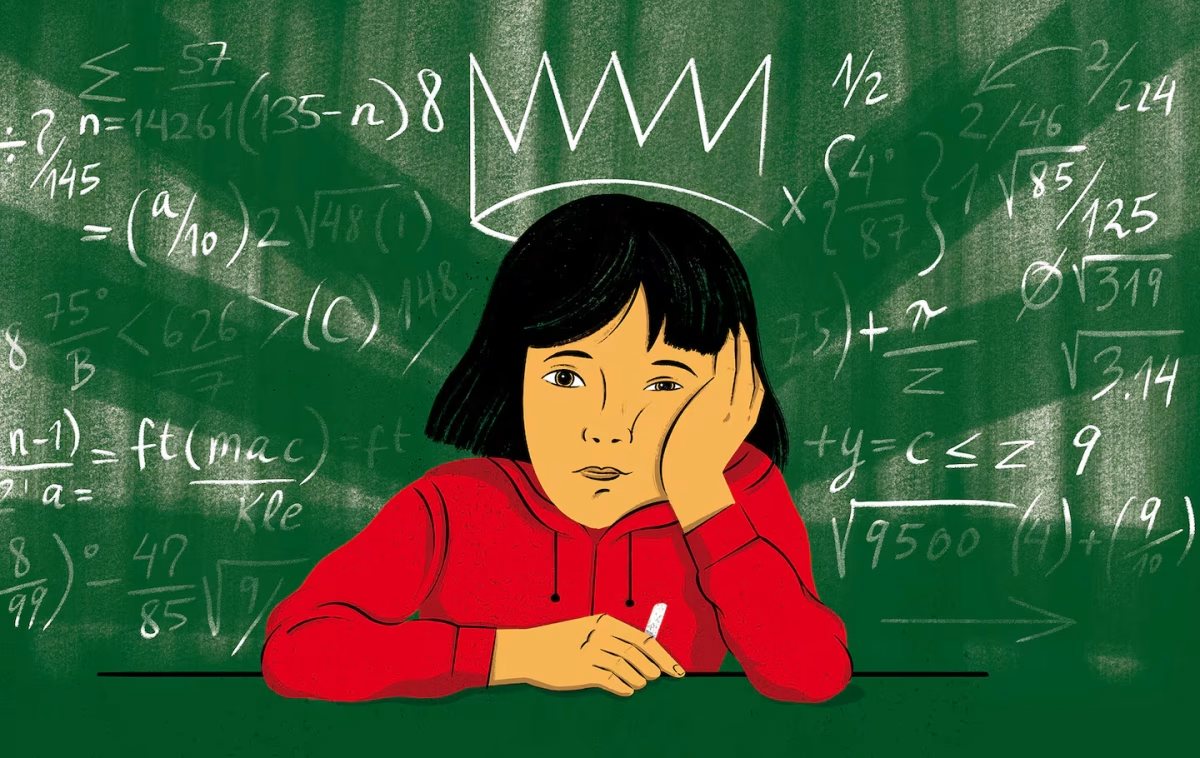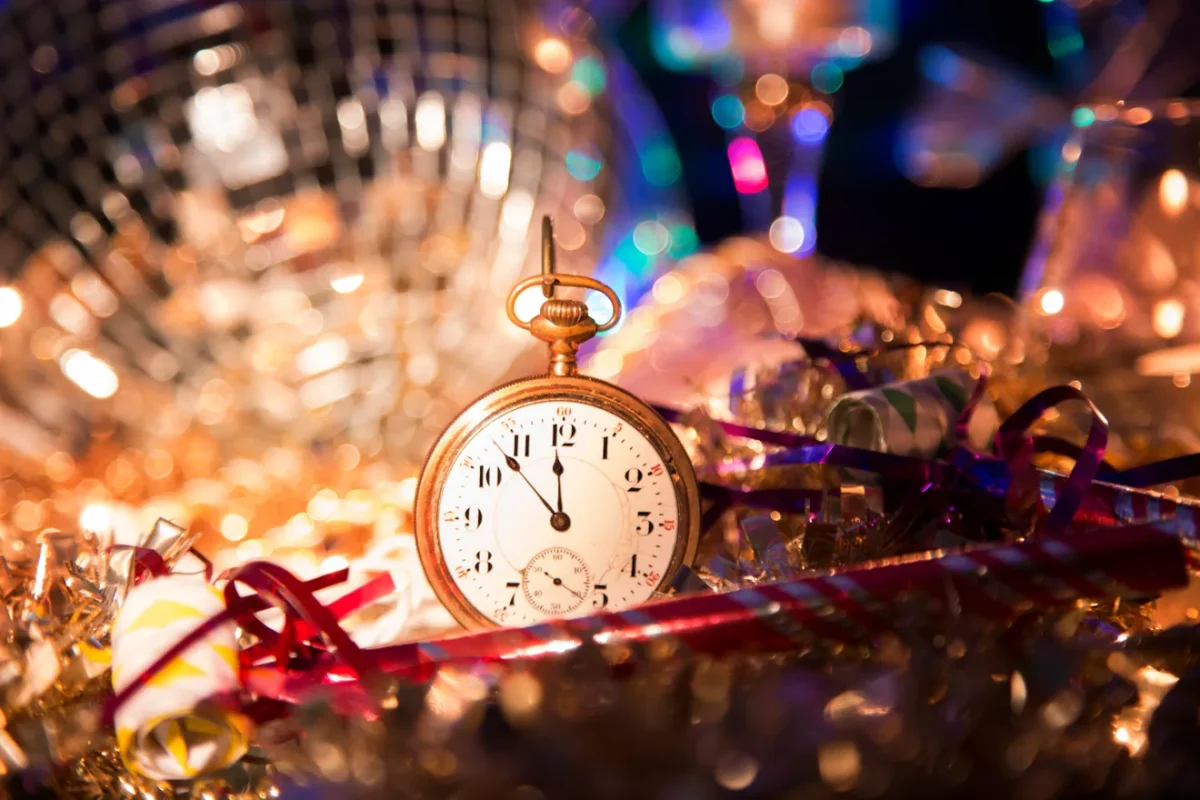Artificial intelligence has been developing faster than ever in recent years. Since the launch of ChatGPT by OpenAI in 2022, massive strides have been made in the field. While the increasing realism and sophistication of modern AI chatbots have drawn attention, equally impressive—and unsettling—progress has been made in AI-generated imagery. With text-to-image generators such as DALL·E and Midjourney becoming more widespread, their integration into our increasingly tech-focused society seemed inevitable. Initially, however, AI wasn’t seen as a substantial competitor in the art world.
AI generates images using massive datasets pulled from across the internet to construct a generic amalgamation of visual elements that roughly match a given text prompt. But the results are not always accurate. For example, when rendering basic human anatomy—such as hands and limbs—AI often struggles. It became increasingly apparent that, although these tools made image generation quick and accessible, many people could still recognize the telltale flaws and repetitive patterns. Gradually, however, as updates and improvements were introduced, the line between AI-generated images and authentic artwork began to blur.
With the release of GPT-4o by OpenAI on May 13, ChatGPT has seen immense advancements in its audio, video, and image-processing capabilities—developments that far surpass prior versions. This new version is capable of incorporating multiple concepts to create images with alarming accuracy. These visuals are not only stylistically aligned with the prompts provided but also convincing enough to deceive viewers unaware of their AI origin. Many former hallmarks of artificial imagery have become increasingly difficult to detect. These images are fast, visually striking, and freely available—unless one subscribes to premium membership plans.
However, these images do not originate from scratch. AI is trained to imitate existing artwork in order to generate accurate representations based on prompts. It does this by pulling from extensive datasets scraped from across the internet—often incorporating pieces from artists without their permission or even awareness.
Studio Ghibli has been a beloved and respected Japanese animation studio for nearly 40 years. Renowned for its critically acclaimed films, distinctive aesthetic, and emotionally resonant storytelling, the studio is known for its intricate, hand-drawn animation and themes centered on youth and independence. The growing popularity of AI-generated images has led to a trend in which users apply a so-called “Studio Ghibli filter” to their photos and memes using ChatGPT or other tools. Individuals have created Studio Ghibli-style versions of themselves or popular cultural images. Even organizations—including businesses, the White House, and the Fort Hamilton Football team—have joined the trend.
While some praise the accessibility of these features, others question their legitimacy with regard to the original artists. Given how Studio Ghibli’s signature style is being replicated by countless users, this phenomenon could be viewed as exploitative. This concern becomes even more pressing when considering the growing number of artists who may be replaced by AI-generated content. The ethical boundaries in this context are becoming increasingly blurred. Yet the problem extends beyond mere ethics.
Legally, these developments raise questions about potential copyright infringement. Although trademarking an animation style may not offer the same protection as trademarking a logo, the use of AI in this context opens the door to possible violations. As image generators continue to evolve, there may be instances in which AI-generated visuals are mistaken for authentic works. The legal ramifications could be severe—especially if the development of AI is not adequately regulated in the years to come.
Supporters of AI-generated art often refer to its rise as a “democratization” of creativity—a way to empower the masses and give everyone a chance to create art. But there have never been barriers preventing people from making their own art. The notion of “democratization” might more accurately describe a phenomenon where individuals lacking the skill or motivation to create original art use generators to produce work devoid of genuine artistic merit or intention. While these tools may provide the public with new creative possibilities, they ultimately function as shortcuts—tools that synthesize existing artistic works without meaningful originality.
The core distinction between traditional art and AI-generated imagery lies in the value we assign to intent, process, and artistic effort. Each Studio Ghibli film is painstakingly hand-drawn, with every frame animated by skilled artists. In contrast, AI-generated images are derivative compositions, capable of being created and modified with minimal effort. Even if the conceptual intention remains similar, can the process of creation affect the merit of the final product? Can AI ever rival the depth and soul of human-crafted art?
As we look to the future, it is crucial to reflect on how we define art—and how artificial intelligence might reshape that definition.

